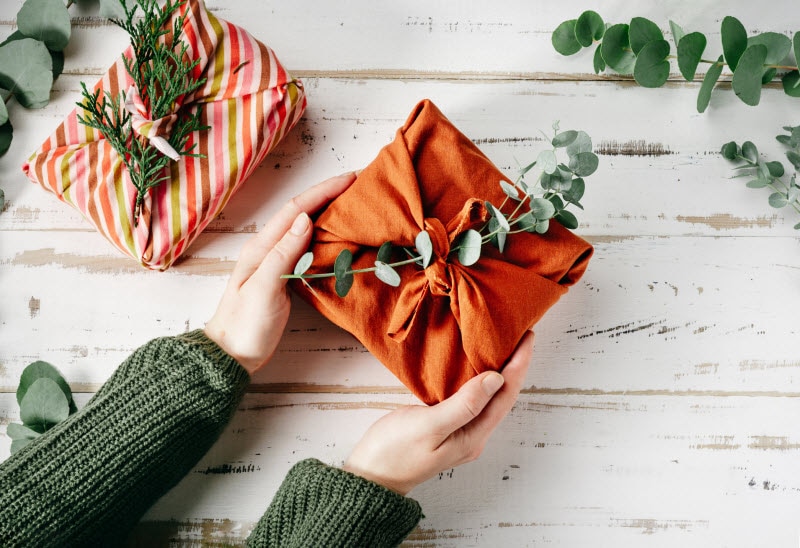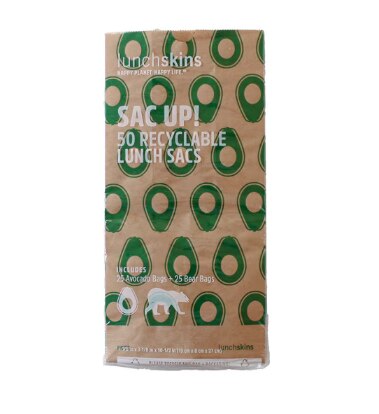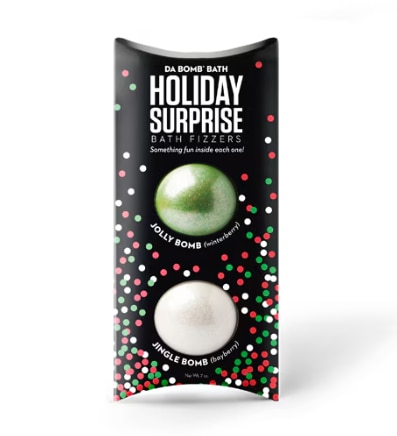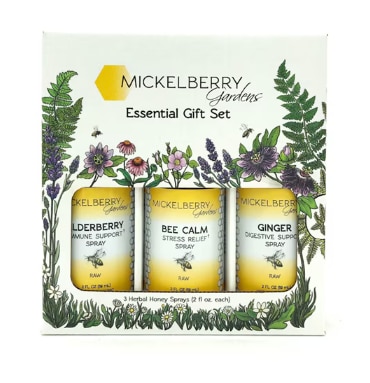Winter holidays offer instant gratification for anyone who wants to tread gently on the planet.
A low-waste holiday might mean choosing gifts wisely (reused items from a local thrift store) or putting up sustainable décor (a door wreath made of pine scraps).
But being smart about gift wrap, especially if you give lots of gifts, is perhaps most achievable.
You can, of course, reuse wrapping paper. At some point it’ll thin and wrinkle into a wisp of itself though — and if it has glitter or foil it’s not recyclable.
Instead, wrap gifts in cloth, an ancient tradition called Furoshiki.
“It is easier than you think and will transform the art of gifting,” says Tomoko Kakita, a Japanese Furoshiki expert and interior architect based in London, who is the author of Furoshiki and the Japanese Art of Gift Wrapping.
What is Furokshiki?
The Japanese practice has been around for ages, dating back in former iterations (and former names) to the 700s, according to Kakita.
Actually, Furoshiki isn’t only about wrapping gifts. In very early periods, it protected treasures and clothes. Later, traders used Furoshiki to wrap products for transportation.
The term Furoshiki can refer to the custom or the cloth itself, and the cloth can take on several roles: to wrap, to carry, to protect, to keep.
Modern times, with its plastic bags and cardboard boxes, has dimmed Furoshiki — but interest in it isn’t dead. NPR did a piece on the tradition ahead of Christmas 2023, noting its resurgence. And YouTube searches yield recent videos, including many produced outside Japan, with people demonstrating the craft.
Furoshiki cloth, explained
There are about 10 basic Furoshiki cloth sizes, according to Kakita, and they can be folded to accommodate items as small as jewelry boxes or as large as oversized couch cushions (check out this guy carrying a big cardboard box on his back). Really though, if you find the right cloth and are dextrous, options abound.
Keep in mind that Furoshiki doesn’t have to be square. Sometimes a rectangular shape makes it easier to wrap objects.
You can certainly purchase Furoshiki cloth, which when double-sided looks lovely once you’re done. But see what you have on hand. “Any cloth can be used,” Kakita says. It doesn’t matter if the fabric’s edges are finished or raw. Choose what suits you or whoever is getting your gift.
I’ve used sheets, sarongs, scarves and scraps. Ancient practice calls for getting your cloth back, but that’s not as relevant these days.
“In Japanese tradition, we didn’t give Furoshiki because Furoshiki is used to protect the contents from dust and dirt, so if you give the Furoshiki, you are giving the dirt with it,” Kakita says. The practice still prevails when, say, “your gift receiver is a senior Japanese person,” she says.
Furoshiki how-to
I’m no Furoshiki expert, but I’ve wrapped gifts in cloth for years, sometimes magnificently and sometimes to embarrassing effect. I had no idea there was a name for my eco-friendly handiwork, and I never bothered to hunt down how-to help for fabric-wrapping strategies. You can wing it too, I’m sure.
But if you want to avoid lumps and truncated bows, plus discover the many shapes you can accommodate, it’s worth learning how to do it. Kakita’s publisher compiled online tutorials for the 30 wraps, knots and loops she includes in her book.
To get you started, here are Kakita’s videos for three Furoshiki wraps fit for holiday season:
Everyday wrap The simple (but striking) way to wrap box-shaped and rectangular items (think book).
Bow corner wrap An elevated way to wrap square and rectangular items that are flat and lower profile (think picture frame).
Pleated bottle wrap Great for long, thin objects (think wine bottle).
If you prefer the written word as guide, Kakita’s elegant minimalist book enthralls.
And if you want to follow directions from the Japanese nation’s mouth, the Japanese Ministry of the Environment’s guide includes more than a dozen shapes, albeit with streamlined instructions on achieving them.
The beauty of Furoshiki – and why you should try it
Obviously, Furoshiki spares the planet waste, which is a beautiful thing. But the tradition also offers creative freedom.
You can make knots that look like flower petals or pom-poms. You can secure your items with a twist or hide your knot entirely. You can drop your gift into a wrap that looks like a basket or literally is a tote, which means you’ve got clever ways to transport it.
Furoshiki also takes wrapping and gift-giving to the next level, but without the fuss of perfection.
“The act, care and thoughtfulness is what matters,” Kakita says. “It might create a small network of appreciation. I started gifting presents wrapped in Furoshiki to my friends, and they will give my next present with the same Furoshiki. We could start with family and close friends to circulate the goodness in Furoshiki.





